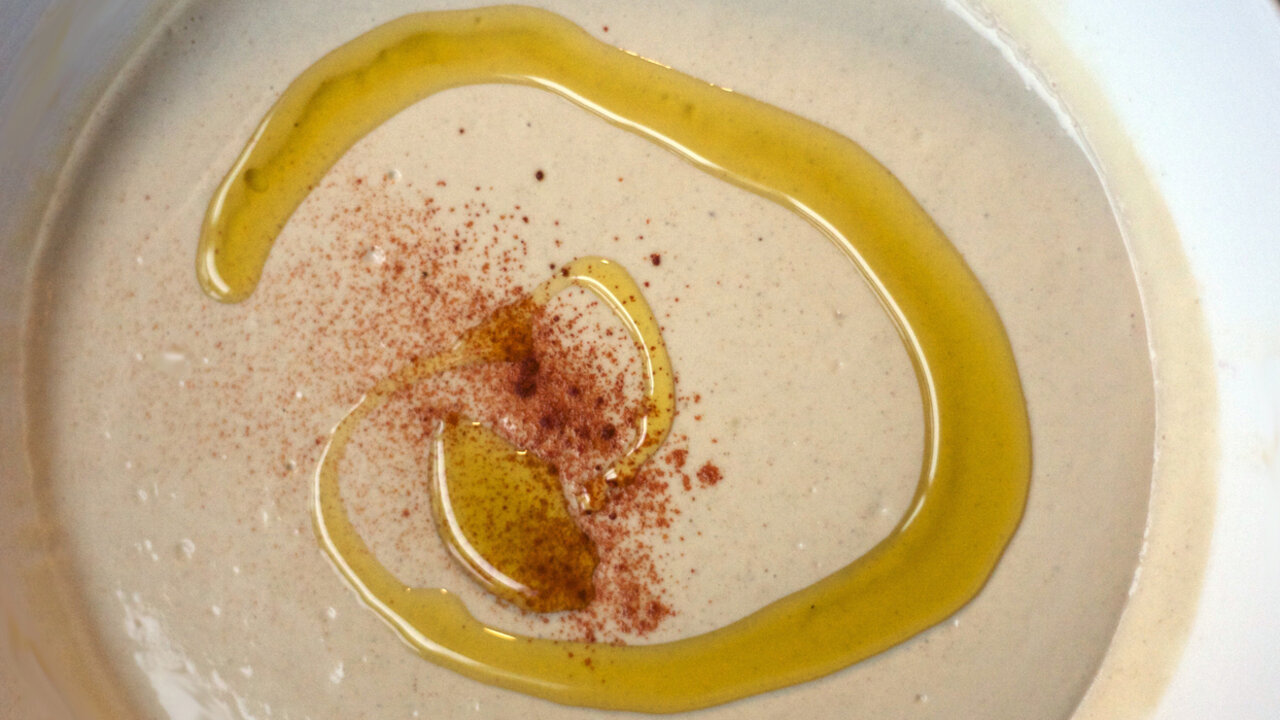Task 73: Quality Olive Oils for Salads
Professional Cook Certification > Salads & Dressings > Task 73Estimated Time: 10 mins
Tips & Related Information
Information in this column will not be included on tests or other graded activities.
Learn How to Select Quality Olive Oil
Olive oil is the most praised ingredient in the Mediterranean diet and has been for thousands of years. It is recognized for its distinctive flavor and health benefits. Quality olive oil is just like quality wine, as much depends on the harvested crop, terroir and how it’s made. The best olive oils are made, much like wines, by harvesting olives at their peak, crushing them, then pressing the mash. The oil is separated from the run-off, filtered or unfiltered, then bottled—and all done on the estate where the olives came from. This artisanal approach produces authentic, first- or cold-pressed, extra-virgin olive oil of the highest quality. It is also quite expensive.
After the first cold pressing, the leftover mash is put through an additional process that results in a lower quality oil. Machines, solvents and heat are used to extract more oil, which is then expelled with a centrifuge. This refined product is a compromised version of the real deal. Its only advantage is its higher smoking point and relatively cheaper price. Sometimes these oils are deceptively labeled with words such as “Pure,” and even “Extra-Virgin”.
To be sure you are getting the best oil, look on the label for the indicators “Cold-Pressed” and/or “First-Pressed” and “Extra-Virgin” and/or “Estate-made”. The more correct indicators listed on the bottle, the higher the quality, nutritional value and flavor of the olive oil. This is also the most expensive of olive oils.
Better For Finishing
Once cooked, olive oil loses its flavor and many of its valuable health benefits. Extra-virgin olive oil is best used for finishing dishes.
First- or Cold-Pressed:
This indicates 100 percent of the oil has been extracted without steam or chemical treatment. Without this label, any percentage of the oil can be extra-virgin mixed with oil that has been treated.
Lemon Tahini Dressing Drizzled with Extra-Virgin Olive Oil
Extra-Virgin Olive Oil:
It must indicate the first run-off or cold-pressed, which means it is 100 percent extra-virgin. Without this indicator, it generally means that it is cut with another lesser quality oil, which is sometimes not even olive oil.
Estate-Made:
Like wines, estate-made means more artisanal care and authenticity went into the making of the olive oil.
Unfiltered:
Estate-made olive oils are usually sold unfiltered to capture all of the oil’s complexity. Olive oil connoisseurs, like wine enthusiasts, do not mind a bit of sediment.
Certified Organic:
This label means the olives and trees themselves are as free of pesticides and herbicides as possible. These oils also tend to be unfiltered.
Acidity <1%:
Ideally, the acidity of less than 1 percent is desirable. Higher acidity levels mean a lesser crop of olives was harvested. This compromises the oil’s flavor and shelf life. If labels do not include acidity levels, it generally means they are higher than 1 percent.
D.O.P.:
Olive oils from Italy which are marked D.O.P. mean they come from a particular region. This “denomination of origin” label is a guarantee that the oil has been produced to meet the standards of the local government.
If the label is marked only with the following, it generally indicates a lower-quality olive oil.
Pomace Olive Oil:
Pomace is the oil extracted from the remaining mash from the first pressing of the crushed olives. This oil is 100 percent refined and treated and is usually the cheapest olive oil with little flavor. It is best used for frying.
Pure Olive Oil:
This is an undetermined blend of pomace and extra-virgin olive oil.



